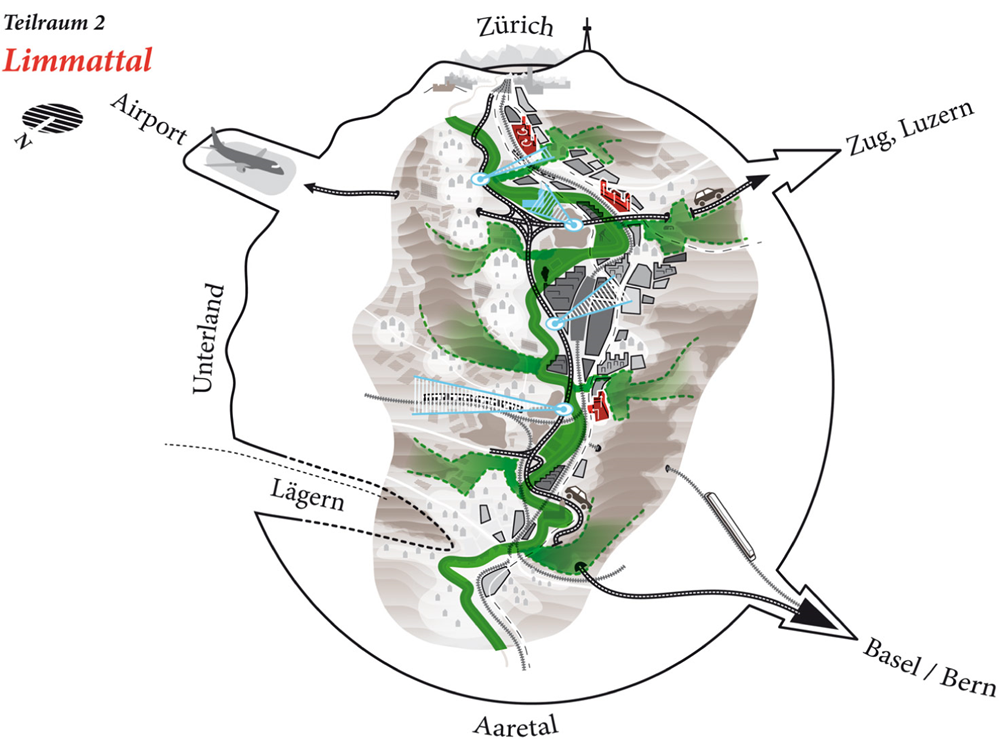CARTISTIC – CARTographic Illustrative STyles to Inspire Creativity: Visualising deep uncertainty in spatial planning

Summary
Traditionally, maps aspire to be as precise, clear, and unambiguous as possible. In spatial planning, however, the opposite is needed sometimes. As spatial planning is a discipline dealing with the future, spatial planning maps not only show existing tangible objects (like the built road network of a city) and completely developed concepts (say, the spatial distribution of age groups across a city). Instead, they often show assumptions, hypotheses, suggestions, and questions, that are still open to discussion (for example, a rough vision of how an old industry area could to be redeveloped). Spatially visualising these ‘unfinished ideas’ in an adequate manner is crucial for the creative design process. It leaves room for discussion and opens space for new solutions.
The goal of this project is thus to develop design recommendations, workflows, and tools for spatial planners to support them in creating such visualisations during the different stages of the spatial planning process. A special focus will be put on illustrative styles as examples from practice promise a high potential for such visualisations.
Kick off
01.03.2022
Researchers
Lead: Prof. Dr. Lorenz Hurni
Second Supervisor: Prof. Dr. Martin Brechtold
Doctoral Student: Henggeler, Katharina
Funding source
ETH Research Grant
Partners
- externe Seite Chair of Digitalisation, Visualisation, and Monitoring in Spatial Planning, TU Kaiserslautern | planning office externe Seite berchtoldkrass space&options (Germany)
- Institute for Spatial and Landscape Development (IRL), ETH Zurich | planning office externe Seite urbanista.ch
- externe Seite School of Psychology, Bond University (Australia)
- externe Seite Department of Geo-Risks and Civil Security, German Aerospace Center (Germany)
Web
https://blogs.ethz.ch/cartistic/